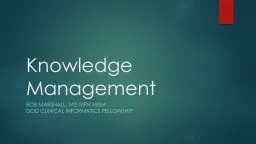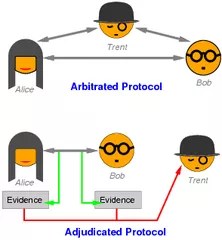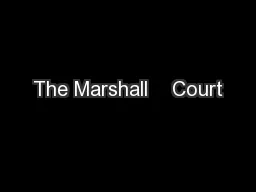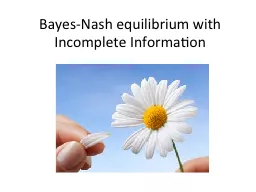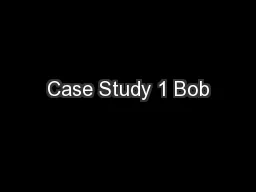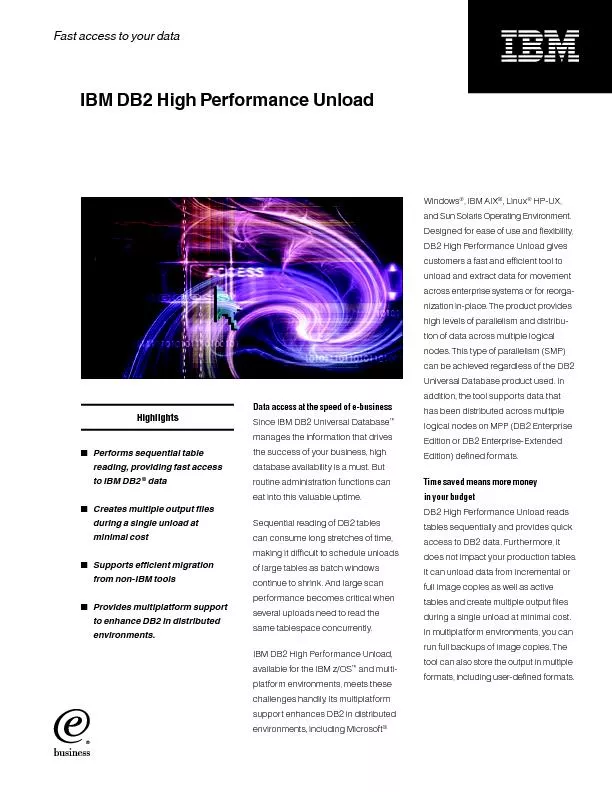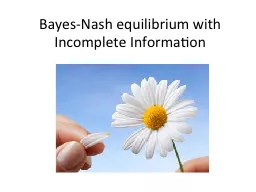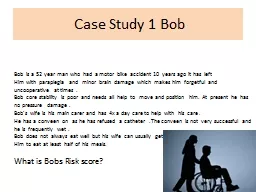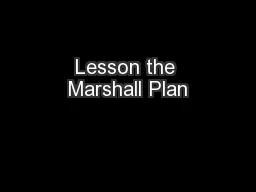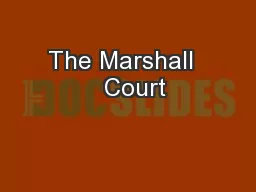PPT-Knowledge Management Bob Marshall, MD MPH MISM
Author : pasty-toler | Published Date : 2018-03-14
DoD Clinical Informatics Fellowship Objectives Definitions of Knowledge Management KM Why KM is important and some basic rules What knowledge to leverage Tools to
Presentation Embed Code
Download Presentation
Download Presentation The PPT/PDF document "Knowledge Management Bob Marshall, MD MP..." is the property of its rightful owner. Permission is granted to download and print the materials on this website for personal, non-commercial use only, and to display it on your personal computer provided you do not modify the materials and that you retain all copyright notices contained in the materials. By downloading content from our website, you accept the terms of this agreement.
Knowledge Management Bob Marshall, MD MPH MISM: Transcript
Download Rules Of Document
"Knowledge Management Bob Marshall, MD MPH MISM"The content belongs to its owner. You may download and print it for personal use, without modification, and keep all copyright notices. By downloading, you agree to these terms.
Related Documents

